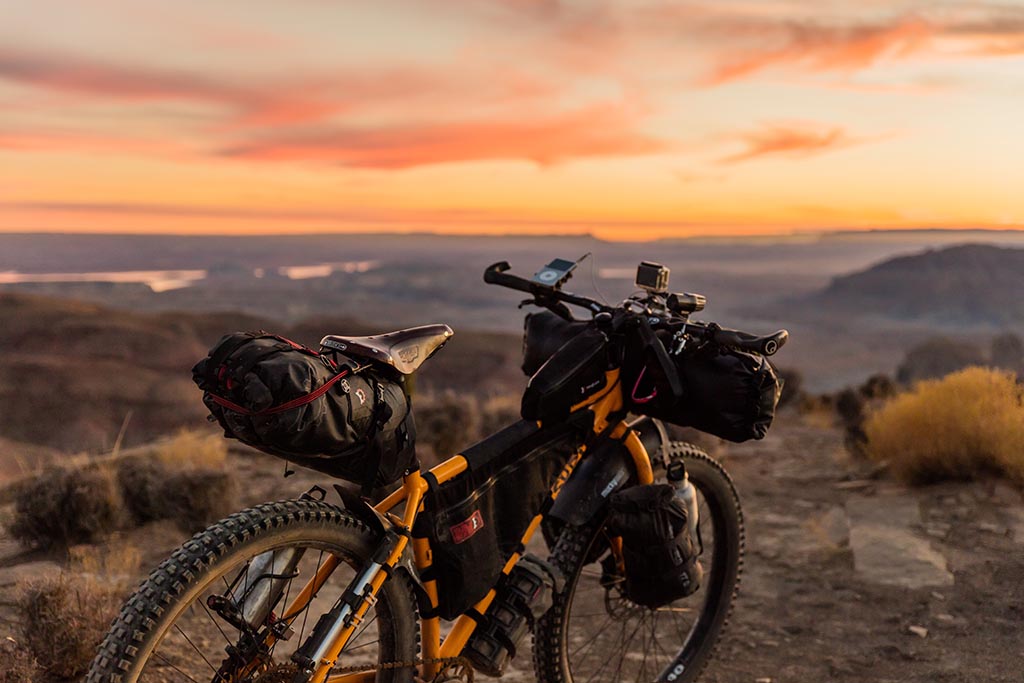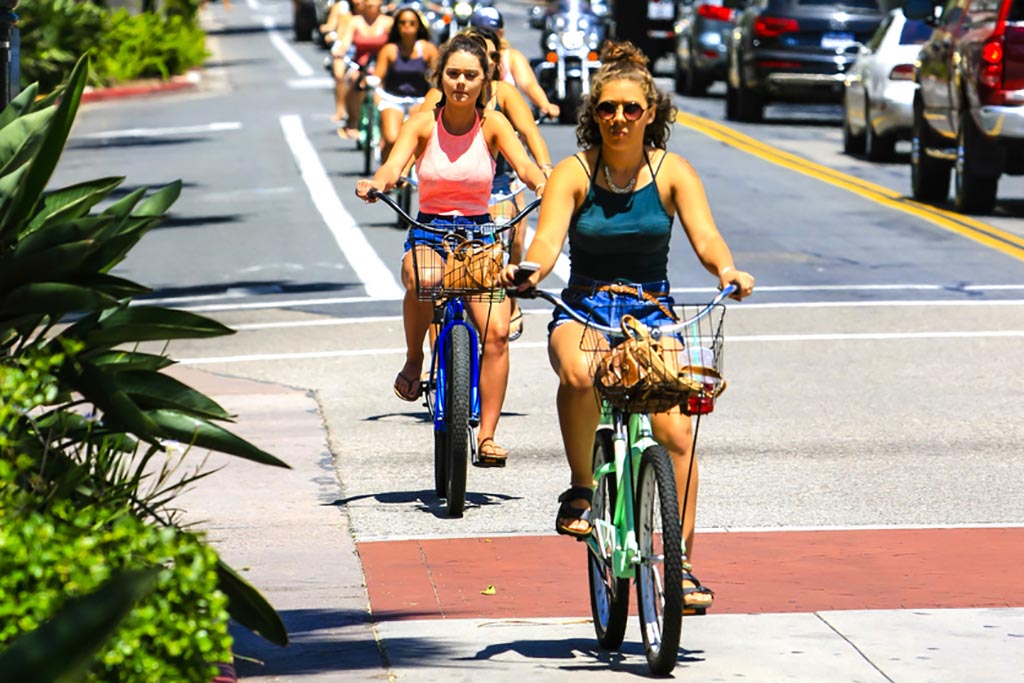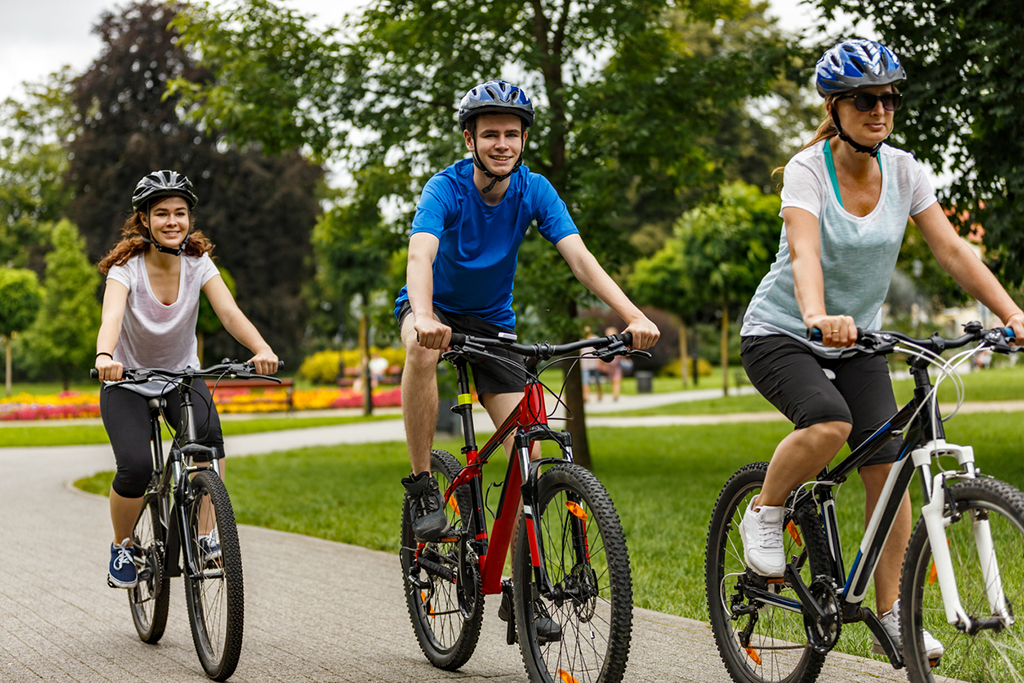As we get older, eating healthily, exercising regularly, and trying to stay fit has become more important. I know; every day, adulthood seems more and more like a synonym for doing things I don’t want to do. But, exercise doesn’t have to be one of those things.
Riding a bicycle is not just a fun way to stay fit and fight disease. Choosing to ride a bike instead of driving a car for short-distance trips saves money on gas and is good for the environment.
Because it’s fun to be out in the sun, admiring the predictable randomness of nature, wind whipping at our ears, cyclists are more likely to finish their exercise in a better mood than the average gym rat. And the nostalgic feeling of coasting down a hill, relaxing, hands free, leaned back, confident in the laws of physics, is a feeling that beckons cyclists to frequent their vehicle and their routine.
The production of serotonin, the chemical in our brain that creates happiness, is positively related to duration spent in sunlight. Exercise produces serotonin, too, and aerobic exercise, like cycling, is proven to produce higher levels of serotonin than other forms. Riding outdoors in the sunlight is not only a delightful experience that doesn’t require one to talk herself or himself into but an exercise that is proven to be a deterrent of disease and mental illness.
Cycling is a low-impact exercise, causing less compressive strain than running or even walking. Cycling can be an easy exercise with low stress—perfect for beginners and people who are recovering or rehabilitating—or a fast-paced, demanding workout. Riding bicycles builds muscle, stamina, aerobic fitness, and strengthens the cardiovascular system. Bicycles can effectively replace a variety of tools and machines.
Advanced cyclists agree that the most effective way for a beginner to exercise is by performing sets, or repetitions, of low-intensity and high-intensity intervals. Following expert tips like these can ensure a cyclist’s safety and efficiency.
1. Do sets.
As a cyclist progresses, she or he will increase the number of sets done in one session. This is set that can be used by both beginners and advanced cyclists: two minutes hard, two minutes easy, one minute hard, one minute easy, 30 seconds hard, 30 seconds easy, 15 seconds hard, five minutes easy.
2. Explore.
Many people go to the same gym or the same trail every day. One of the great benefits to bicycling is that it can be done almost anywhere: the woods, neighborhoods, parks, sidewalks. By exploring new areas, cyclists feed the desire for adventure, making boredom an obscure relic.
3. Safety first!
Get good gear. This doesn’t mean that a bicycle has to be expensive or even new, but it is important for a cyclist to have reliable equipment. Every cyclist will need these things: helmet, pump, basic toolkit, and a water bottle.
4. Learn basic maintenance.
Flat tires are a common occurrence for cyclists, and, while annoying at first, eventually, become a quick-fix that’s as second-nature as riding a bike. Experts recommend practicing changing tires at home, rather than frustrated on the side of a trail. Before embarking, a cyclist should perform a routine checklist to make sure every piece of equipment is working properly: wheels, chain, brakes, all of which can be maintained with minimal tools and training.
5. Ride in a pack.
Riding with a group of friends is a great way to learn to keep a good, steady pace. Plus, time flies when you’re having fun, there’s safety in numbers, two heads are better than one, and all that.
The most important things for any beginning cyclist to remember are to be safe and to have fun. The benefits to cycling are seemingly endless, and the most difficult thing for a beginner is to start something new. Humans are creatures of habit, but, once our feet find comfort on the pedals, all kinds of adventures become apparent, and setting out on them becomes easier and easier.
If you or someone you care about has been injured while cycling, contact Gary Brustin, “the bicycle lawyer.”











